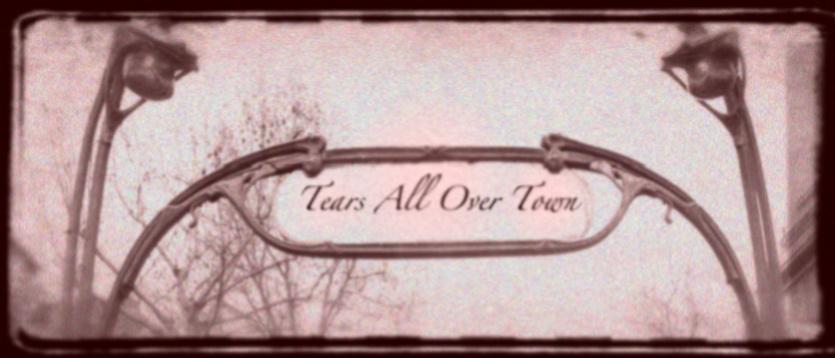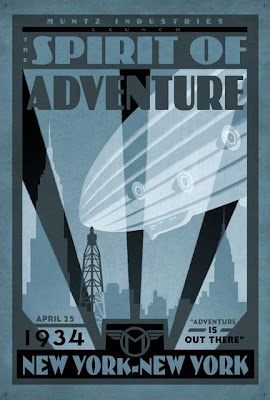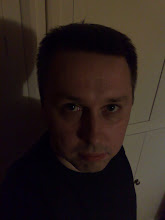 Against all the odds, Paranormal Actvity absolutely works. It's a genuinely scary horror movie. I'll let that sink in for a moment; when was the last time you saw a horror movie that did what it said on the tin?
Against all the odds, Paranormal Actvity absolutely works. It's a genuinely scary horror movie. I'll let that sink in for a moment; when was the last time you saw a horror movie that did what it said on the tin? Of course, horror movies (and books) should do more than scare; I at least expect a decent story as a foundation (the Saw movies can leave the room for a start), characters that I care about (Blair Witch, off you go too), and something with a degree of artistry about it (other genres can expect it, so why can't horror?)
Yes, there have been some great and good horror movies in recent years, but they are few and far between: The Orphanage, REC, Let The Right One In, The Descent... I'm sure there might be a couple more, but on the whole, the discerning horror fan has slim pickings to be honest.
So, yes against the odds, Paranormal Activity works. I hated Blair Witch Project with a passion; while I liked the concept, the execution was poor and underwhelming. It simply wasn't scary and I found the characters deeply annoying. I really didn't need or expect to find anything remotely interesting about another low-fi, mock non-fiction horror movie.
The story concerns a suburban couple, Katie and Micah, who, having recently moved in together, find themselves besieged by increasingly intrusive nighttime visits from an unseen and possibly demonic presence. As night-time eeriness is captured by a night-vision camera set up by Micah, further conversations reveal that Katie has been experiencing such hauntings for nearly two decades, since before her house burned down as a child. Katie can't escape; whatever it is is haunting her, not the house. A medium comes and goes, Micah borrows a ouija board that causes friction between the couple; then he unearths a similar story about a woman haunted and then possessed by a demon that plays on our generations' memories of seeing The Exorcist.
It's a slow and deep focused dread that first-time writer-director Oren Peli wrings from the set-up. Much of the tension is wrung from the night-time camera set-ups, focusing on the couple, their bed and the corridor beyond. Early on, you find yourself peering into the corridor, as the timecode rolls by on the camera, waiting for the jump, for the scare. The build-up is effective, almost ponderous at times, which makes the first real event all the more disturbing: As the clock spins like mad to show the passing of hours between phenomena there is the image of Katie rising from the bed and standing motionless, as if still asleep, for two hours straight, simply staring at Micah.
 Soon you're dreading bed-time for the beseiged couple. Scene by scene, the claustrophobia and anxiety grows more and more palpable, and our bond with Katie and Micah stronger.
Soon you're dreading bed-time for the beseiged couple. Scene by scene, the claustrophobia and anxiety grows more and more palpable, and our bond with Katie and Micah stronger.
And it is genuinely unnerving. Later, the scares escalate as Katie and Micah begin to realise the inevitable: there's simply no escape.
 Soon you're dreading bed-time for the beseiged couple. Scene by scene, the claustrophobia and anxiety grows more and more palpable, and our bond with Katie and Micah stronger.
Soon you're dreading bed-time for the beseiged couple. Scene by scene, the claustrophobia and anxiety grows more and more palpable, and our bond with Katie and Micah stronger.And it is genuinely unnerving. Later, the scares escalate as Katie and Micah begin to realise the inevitable: there's simply no escape.
And that's one of the great templates of horror, surely. That sense of control being lost, of events escalating beyond one's control, of despair replacing the status quo.
What really marks this out too is the believable performances of Micah Sloat and Katie Featherston (their names in reality too). They're wholly sympathetic and their set-up as a young couple is convincing enough so that a good percentage of the population can feel they could be these people. It's a classic horror set-up, and the reason Stephen King is one of the most popular writers in the world: these people could be you; this is how you might react. It's simple camp-fire horror story-telling, but its a desperately fine art to get it right.
By the time we get to the BIG scare in Paranormal Activity (and for me, it raised all the hairs on the back of my neck and left me reticent to climb into bed that night), it becomes clear that a young man with a couple of cameras and a bit of cash, filming in his own house has produced something that most horror movies from big studios cannot: a ghost train of a film that plays right into our homes and basic fears and leaves us a little bit afraid of the dark. It's just a shame that as time goes on, the exectations of the film from all these glowing reviews will doubtless diminish the impact of this brilliant little film.
So check your expectations at the door and try and see this movie soon.



 ...just beautiful - I hope Pixar make them commercially available as I really want the last one.
...just beautiful - I hope Pixar make them commercially available as I really want the last one.



